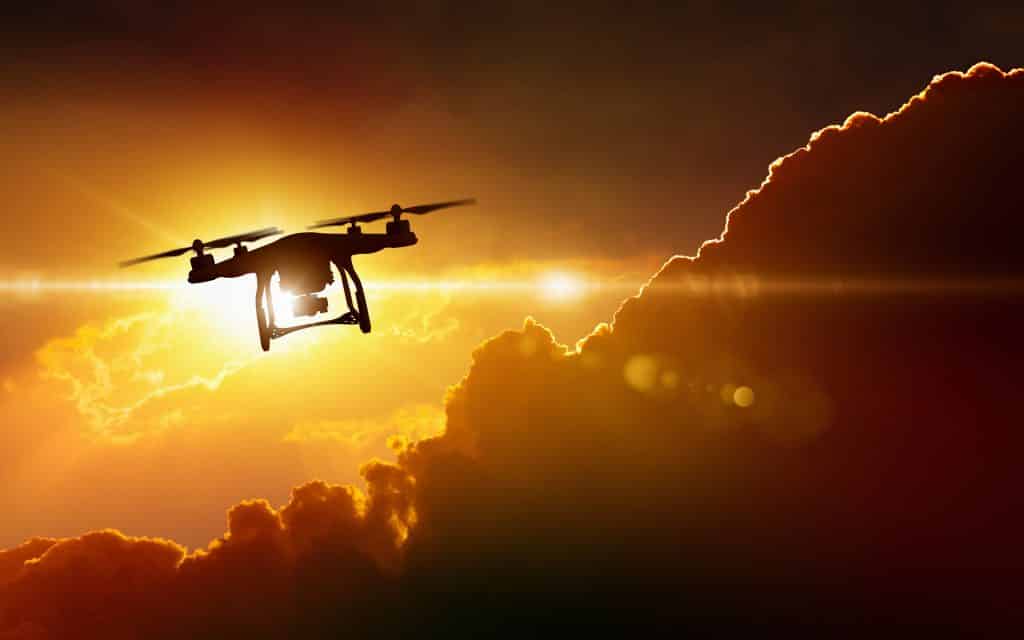
Drones are changing the norm of aviation and are bringing a whole new group of pilots to the skies. Although this is exciting for the aviation industry, it can also be a challenge. Below we have outlined our top tips to ensure that we are all flying in the safest possible manner…
1. Read The CAA’s Dronecode
Before any pilot undertakes any flight, we strongly advise that you visit the Drone Safe website, the hub of drone safety information for pilots wishing to fly within the UK. Information is easily accessible which ensures that you are flying safely and legally without endangering others. The Civil Aviation Authorities Drone Code, which can be found on the website, provides the simple steps you should follow to ensure the safety of you and others.
2. Download the Coverdrone FlySafe App
FlySafe is our drone safety app which is free to everybody, available on Android and iOS devices. Powered by Altitude Angel, the app delivers rich and accurate safety data ranging from airspace maps, dynamic restrictions, environmental conditions and privacy and safety hazards. The app is designed to help pilots plan and conduct their drone flights quicker and safer than before.
3. Plan Your Route
Prior to your flight, ensure that you take the time to think about where you are going to fly. You will want to think about the types of hazards that you might encounter and who else might be flying in that area. Take advantage of the area reports available within the FlySafe app which highlight a summary of restrictions and hazards. You can also provide visibility of your flight to other drone users on the data exchange network.
4. Check The Weather
It is extremely important to check wind speeds before you take off, as strong winds can severely effect your ability to control your drone. Temperature is also a really important consideration, as some drones simply will not operate if their batteries are below a certain temperature. However, you also need to think about other factors such as damage to motors and other internal electronics. It is important to check individual drone manufacture guides, but almost all consumer drones should not be flown in temperatures below zero.
Furthermore, you may wish to think about your ability as a pilot in different weather conditions. If visibility is poor, you might struggle to maintain visual line of sight with your drone if it is more than a few feet away. In cold weather, you may lose the sensitivity in your hands, affecting your ability to control your drone. Always be thinking about your ability to pilot your drone as well as the drone’s performance itself.
5. Check Your Drone Before You Fly
Before taking off it is important to check your drone for any loose parts or areas of damage. Check that the unit’s blades are firmly attached. Battery levels should be checked to ensure that they are sufficient for your flight and ensure your drone and your controls are paired and working properly. Also, test your drone at low altitudes before you embark on your main flight to check that its responding to your instructions as you’d expect.
You may also wish to set your drone to return to home (RTH) altitude. In RTH mode, your drone will fly to the preset altitude and then return to the home point automatically. We recommend that you set the RTH altitude before you take off. This will ensure that your drone wont fly into any obstacles on the way back.
6. Monitor Your Drone During Your Flight
It is your responsibility to ensure the safety of other airspace users when you’re flying your drone. You must keep your drone within your visual line of sight at all times. Whilst flying, look out for aircraft, wildlife, drones, people and any other potential hazards and monitor your aircraft during the flight. Ensure it consistently continues to respond to all your instructions as you’d expect.
7. Make Sure You Take Off And Land Safely
When you take off or land your drone, it’s essential to consider your surroundings. Even with a great amount of room, your drone may still sway side to side. Know your drones hovering accuracy and make sure you’re well clear of people, buildings, overhead electrical wires and any other potential hazards.
8. Work Within A Team
When possible, work within a team or ask somebody to spot for you whilst you are operating your drone. In doing this, another person is able to look for any potential hazards that you may have not spotted due to keeping your drone in sight. This could both be in the air or on the ground, such as members of the public entering the area in which you are flying for example.
